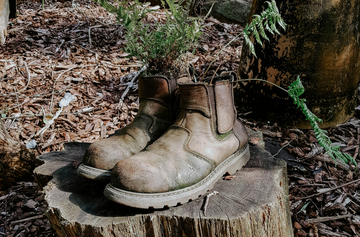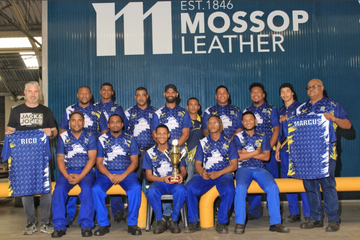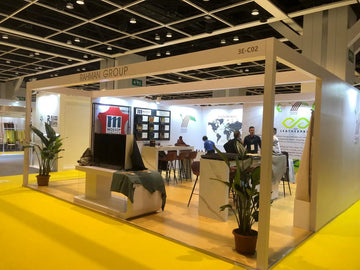
In the quest for sustainable materials, leather is an enduring contender, cherished for its practicality, longevity, and versatility. Yet, as the discourse on environmental responsibility gains momentum, questions about leather' impact on the world around it stir. One facet we hope to explore today is the interplay between leather and its ecological footprint, navigating through popular terms in the degradation industry, biodegradation, and composability.
Leather, stemming from the hides of animals, embodies a natural practicality rooted in centuries of human ingenuity. However, its journey from raw material to refined leather involves the intricate tanning process, a transformative endeavour that shapes its properties. This process alters the chemistry within the leather fibres, rendering them less susceptible to enzymatic breakdown by microorganisms, thereby affecting their biodegradability.
Is leather biodegradable? The answer is nuanced. In its raw, unprocessed state, leather exhibits inherent biodegradability from its organic origins. However, the tanning process, essential for enhancing durability and aesthetic appeal, alters this trajectory. Chemical agents utilised in tanning, particularly polymeric finishing agents, i.e., painted coats, impart resilience to leather, impeding its degradation over time; however, these agents are minimal, and the finished leather will still break down. It will just be a longer process than its raw state.
Understanding biodegradation necessitates dissecting its stages. From biodeterioration to bio-assimilation, the journey of materials like leather through microbial decomposition unveils the intricacies of nature's recycling mechanism. Yet, not all materials traverse this path seamlessly. In some processed forms, say a box of leather. Leather often stalls at earlier stages, contributing to environmental persistence. Let us not forget there are a vast number of leather articles that are very natural, called aniline leathers, and these leathers biodegrade as fast as their raw hides.
In the pursuit of eco-friendliness, composability emerges as a pivotal criterion. Leather's capacity to biodegrade into compost hinges on myriad factors, such as the brand's choice of leather to use for their products, the tanning chemistry, and environmental conditions. Composting offers a gateway for leather's reincarnation into nutrient-rich biomass, closing the material cycle and mitigating environmental impact.
As leather goods traverse diverse end-of-life environments, ranging from landfills to composting units, the onus lies on stakeholders to orchestrate responsible disposal practices. Embracing composting as a viable avenue for leather's reincarnation aligns with the sustainability ethos, fostering a harmonious coexistence with nature.

Charting the Path Forward
In an era of heightened environmental consciousness, the leather industry stands at a crossroads, poised to redefine its narrative through sustainable practices. Embracing biodegradability as a cornerstone of leather production heralds a paradigm shift toward a greener future where permanence coexists with ecological harmony. The advent of transparency is a popular theme for authorisation and accreditation bodies such as the Leather Working Group. I believe it will become a more critical step to achieving a certain level or rating in certification for tanneries. Sourcing from accredited tanneries would thus be the most sensible choice for manufacturers and brands, who must then act by exposing their safer supply chain to encourage the consumer to shop safer and more intelligent.

Conclusion
One truth remains immutable as we navigate the labyrinth of leather's biodegradability: the leather class is indeed permanent. Yet, within this permanence lies the potential for evolution as the leather industry as stakeholders to embraces less ones impact In the tapestry of materials, leather emerges not as an artefact of the past but as a beacon of resilience and adaptability, poised to chart a course toward a greener horizon, but it starts with our choice and decisions.
In pursuing less impact, leather epitomises timeless elegance, entwined with the threads of environmental responsibility. As we tread the path toward a more sustainable future, let us embrace the enduring allure of leather, mindful of its legacy and its promise of permanence.




